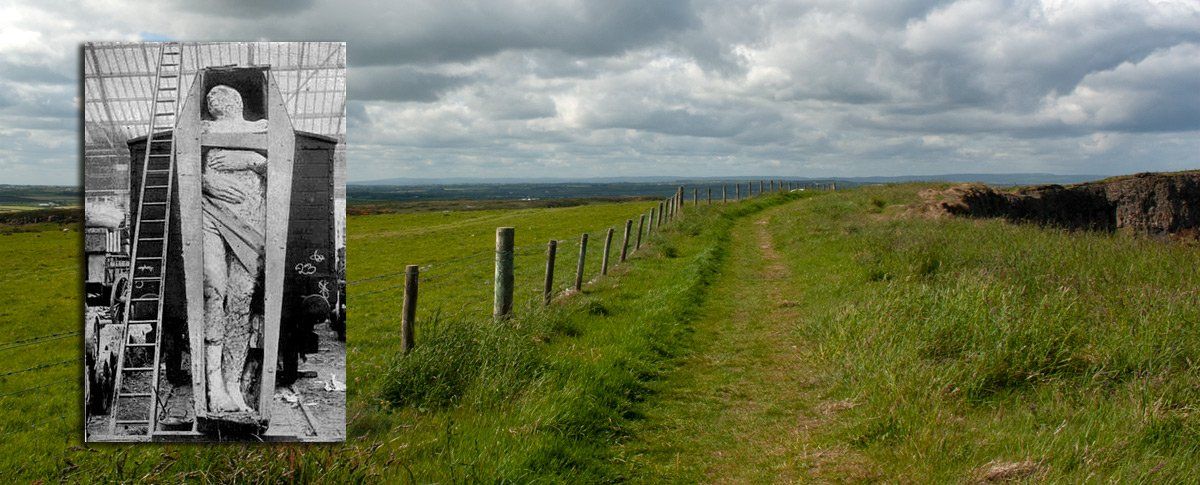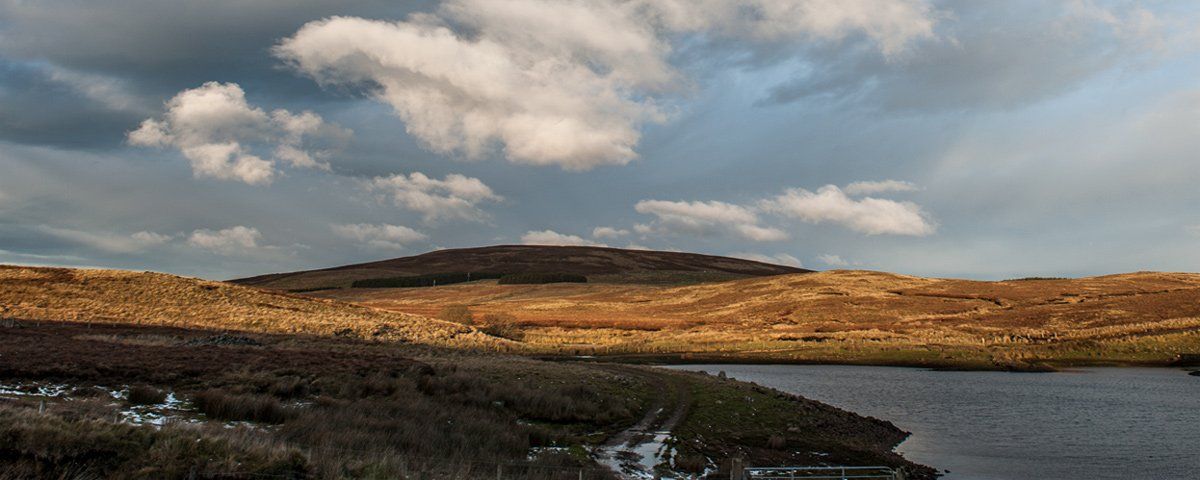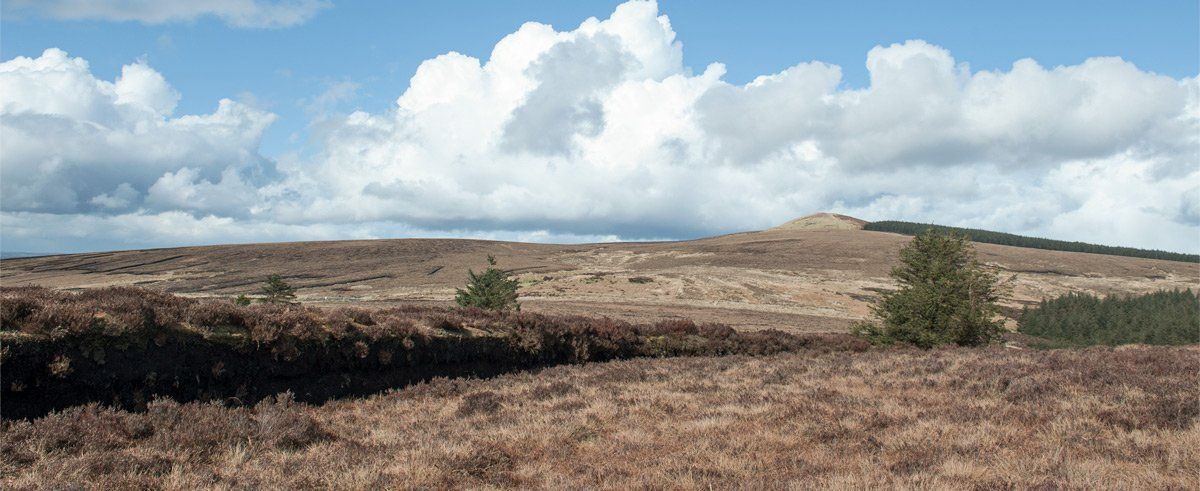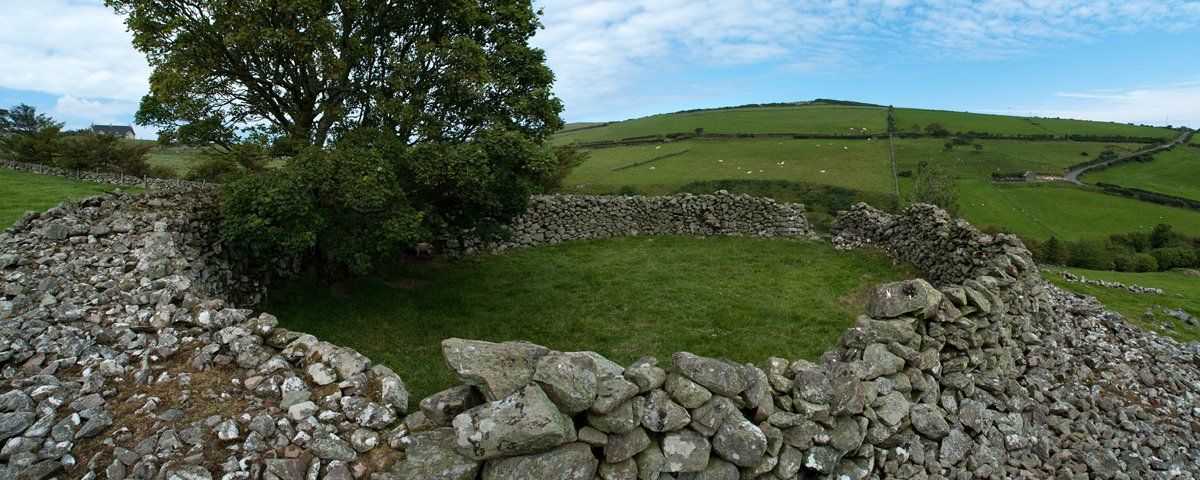He took a bite and found it tough, and thought to himself, this Finn must be a tough man to eat cake like this but not to be outdone, he finished off the cake chipping two teeth in the process. He then noticed the cot and baby and his eyes widened in fear, he thought, my goodness if this is the baby. What size is the Father? He reached in to touch the sleeping baby, half out of curiosity and half as a sign of affection, Finn bit him like a horse which made him think, if this is what the baby is capable of, what must the father be capable of. With this thought his fear got the better of him. He headed for the door and ran like he had never run before, back across the causeway, as he went he pulled out the giant columns to stop Finn following him.
You may be familiar with the story of Finn MacCool, well this story relates to another giant which was discovered in London's Broad Street railway depot in 1895 and which appeared in the Illustrated ‘Strand Magazine’. In an article focusing on the Lost Property Office of the London and North-Western Railway Company, they discovered that the company had in its possession a giant with a court injunction against its removal. The story takes place in the mid 1870s, a time when the world was still being discovered and curios from various parts of the world were being brought back to Europe and exhibited to the general public as curiosities, it was also the time people were hearing about petrified bodies and fossils.
This news create a big stir locally and a groundswell of interested people wanted to see the body. Dyer then exhibited it locally which attracted hundreds of people, after this he took it to Dublin, then to Liverpool and Manchester. He was making a tidy sum of money charging sixpence per head to see the ‘Petrified Body’ of the giant Finn MacCool. He then took a partner named Kershaw who invested in the enterprise but the two had some kind of disagreement which resulted in Dyer shipping the giant to London by train. While at the Broad Street Railway Depot of the London & North-Western Railway Company awaiting collection by Dyer, Kershaw took out an injuction preventing the removal of the giant until the legal ownership was settled.
The story came to light when the 'Strand Magazine' published an article on Lost Luggage in 1895. The bill for storage was £138, a colossal figure for 1895, plus carriage costs and £60 legal fees incurred by the company. The case was never settled, Kershaw and Dyer both died and the giant remained with the Railway Company. Forty years later in 1935 the company tried to find descendants of Kershaw or Dyer to claim the giant and pay a charge of £2,000 for its release. Others suggested that the authorities had become suspicious about the authenticity of the 'petrified body' and suspected a scam, so the two partners fled the scene. Anyway, no-one came forward to claim the giant and it was eventually used to fill in a bomb crater in London during the Second World War.
All Rights Reserved | Art Ward








